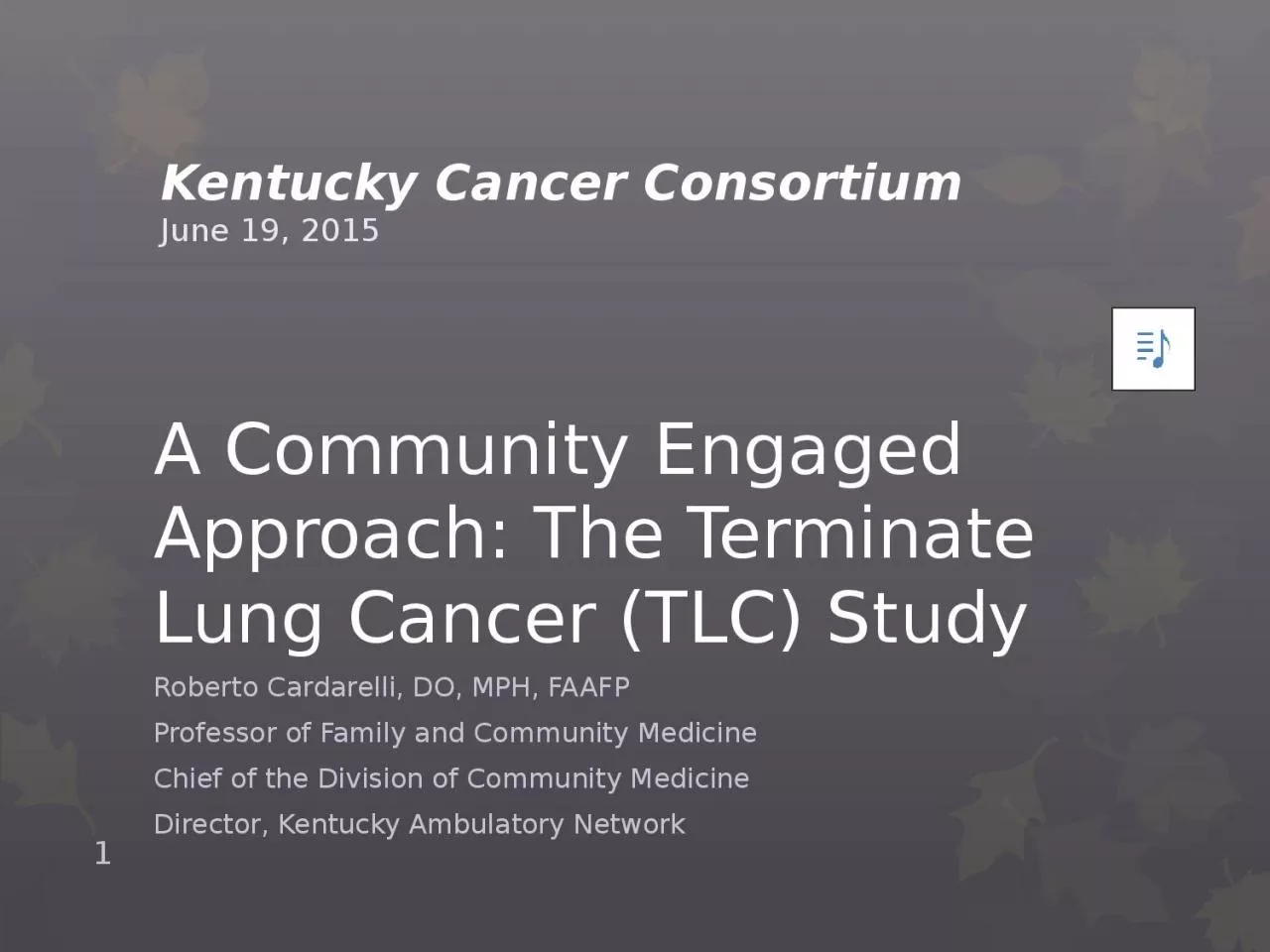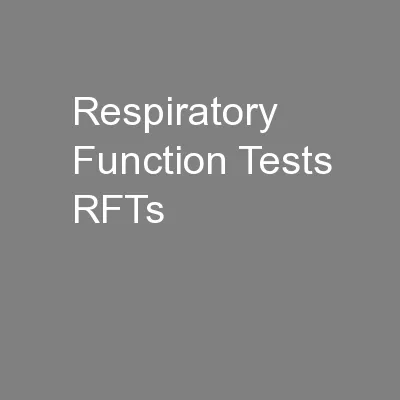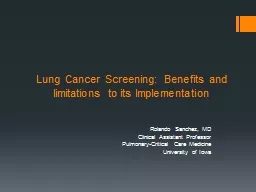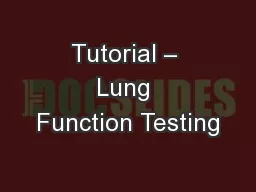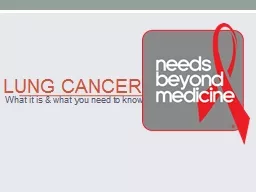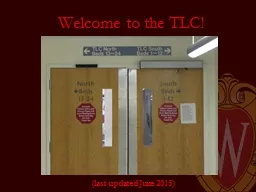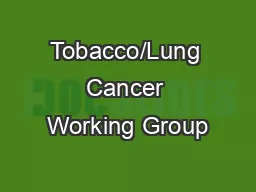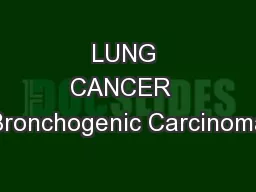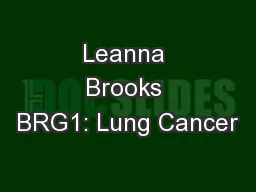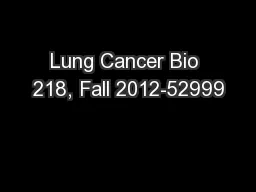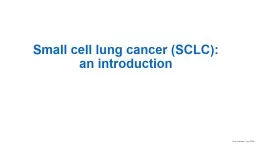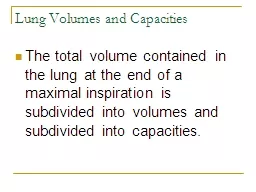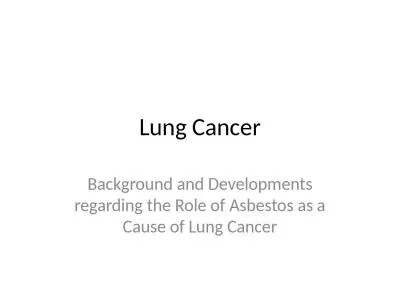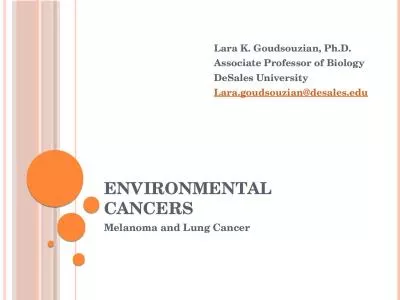PPT-A Community Engaged Approach: The Terminate Lung Cancer (TLC) Study
Author : SunshineFlower | Published Date : 2022-08-04
Roberto Cardarelli DO MPH FAAFP Professor of Family and Community Medicine Chief of the Division of Community Medicine Director Kentucky Ambulatory Network 1 Kentucky
Presentation Embed Code
Download Presentation
Download Presentation The PPT/PDF document "A Community Engaged Approach: The Termin..." is the property of its rightful owner. Permission is granted to download and print the materials on this website for personal, non-commercial use only, and to display it on your personal computer provided you do not modify the materials and that you retain all copyright notices contained in the materials. By downloading content from our website, you accept the terms of this agreement.
A Community Engaged Approach: The Terminate Lung Cancer (TLC) Study: Transcript
Download Rules Of Document
"A Community Engaged Approach: The Terminate Lung Cancer (TLC) Study"The content belongs to its owner. You may download and print it for personal use, without modification, and keep all copyright notices. By downloading, you agree to these terms.
Related Documents

